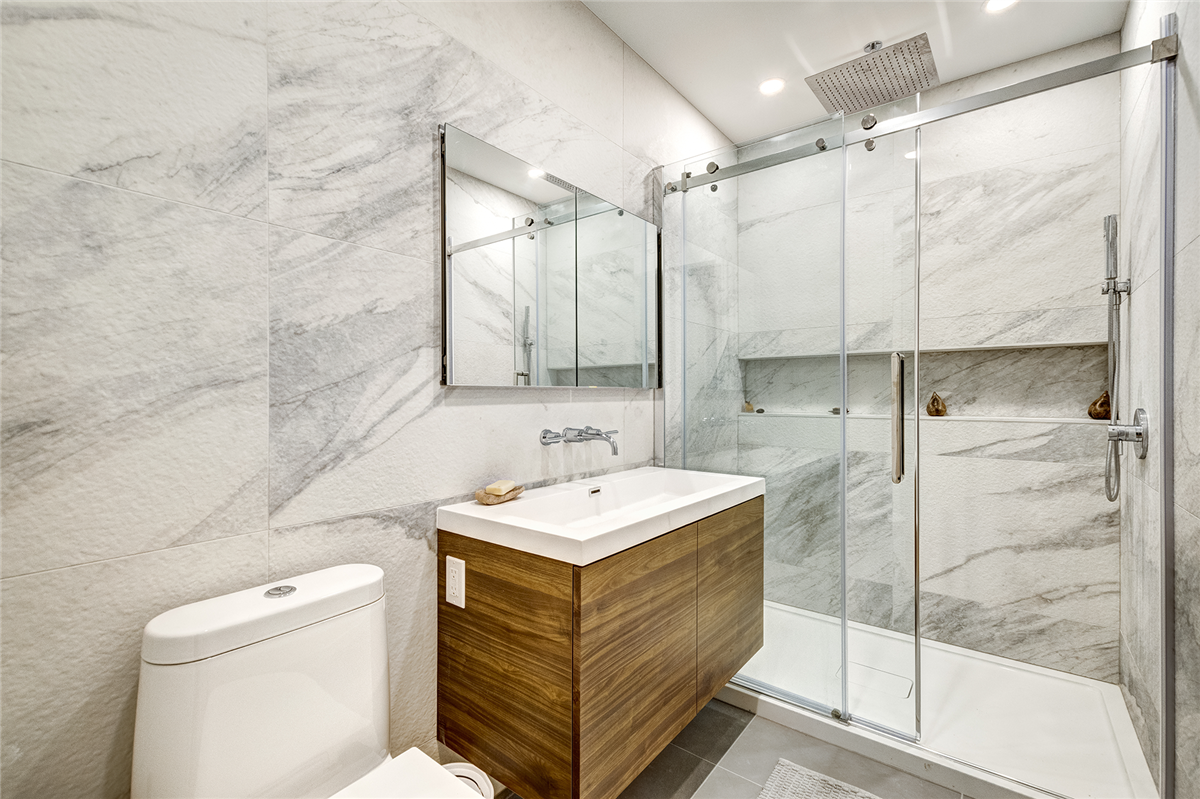Improving the look and feel of your home doesn't always require a drastic remodel. Instead, you can take small steps to personalize your space. Changing the color of the interior or the exterior of your home can instantly transform your space.
Here are some basic concepts to consider as your select a color palette for your home.
CHOOSING THE RIGHT COLORS FOR YOUR HOME
With colors you can set a mood, attract attention, or make a statement. You can use color to energize, or to cool down. By selecting the right color scheme for your home, you can create an ambiance of elegance, warmth or tranquility, or you can convey an image of playful youthfulness. Color can be your most powerful design element if you learn to use it effectively.
GET TO KNOW YOUR COLORS
Here are some general color types to consider when designing your home. It’s common practice to choose a neutral color as your base, this will be the color that you use for large areas. Next up is your secondary color. It can be used to decorate features like your gutters and sills. Lastly come the accent colors; bold and complementary, accent colors should be used sparingly to really make your home pop out.
WHAT IS PANTONE AND WHY IS IT IMPORTANT?
Pantone is a system for matching colors, used in specifying printing inks. When shopping for paint its important to use the pantone color system to ensure accuracy. Looking at a color on a screen, like the one on your computer or smartphone won’t accurately show you what it will look like in real life. A specialist at most retail paint stores should be able to match your pantone color and finish so that you don't have any surprises later on.
WHEN WORKING WITH A COOL COLOR PALETTE
Cool colors, like blues, grays and purples, are great if you want to give your home a more contemporary feel. However, your home may look too stern and monochromatic when working with this palette. To counteract this, use an accent color that is light and gentle to soften the look.
WHEN WORKING WITH A WARMER PALETTE
A warm color palette exudes tradition and familiarity. Avoid looking muddy and dull by choosing a bold color to accent the base palette. Reds, oranges and even greens work well, but always stick with earthy hues if possible.
GET TO KNOW YOUR HOME STYLE
Regional influences also are bound to affect your choice as you account for the local terrain, seasons, interplay of natural lighting, even history and culture. Here are a few home styles that are common to the New England area.
Choose a color scheme that is compatible with the other houses in the neighborhood. You don't have to imitate the palette or application exactly, but can put your own individual spin on similar color combinations.
WORKING WITH NATURAL TEXTURES
Consider the colors that can’t change (for example, elements such as roofing shingles, and brick, slate, and stone accents or features) and use these elements as color resources because there are numerous shades and hues in building materials. A charcoal gray shingle for example could have flecks of gray-green or gray blue that could be found on a paint color strip or incorporated into the color scheme.
Subscribe to ProEdge Remodeling's Blog









